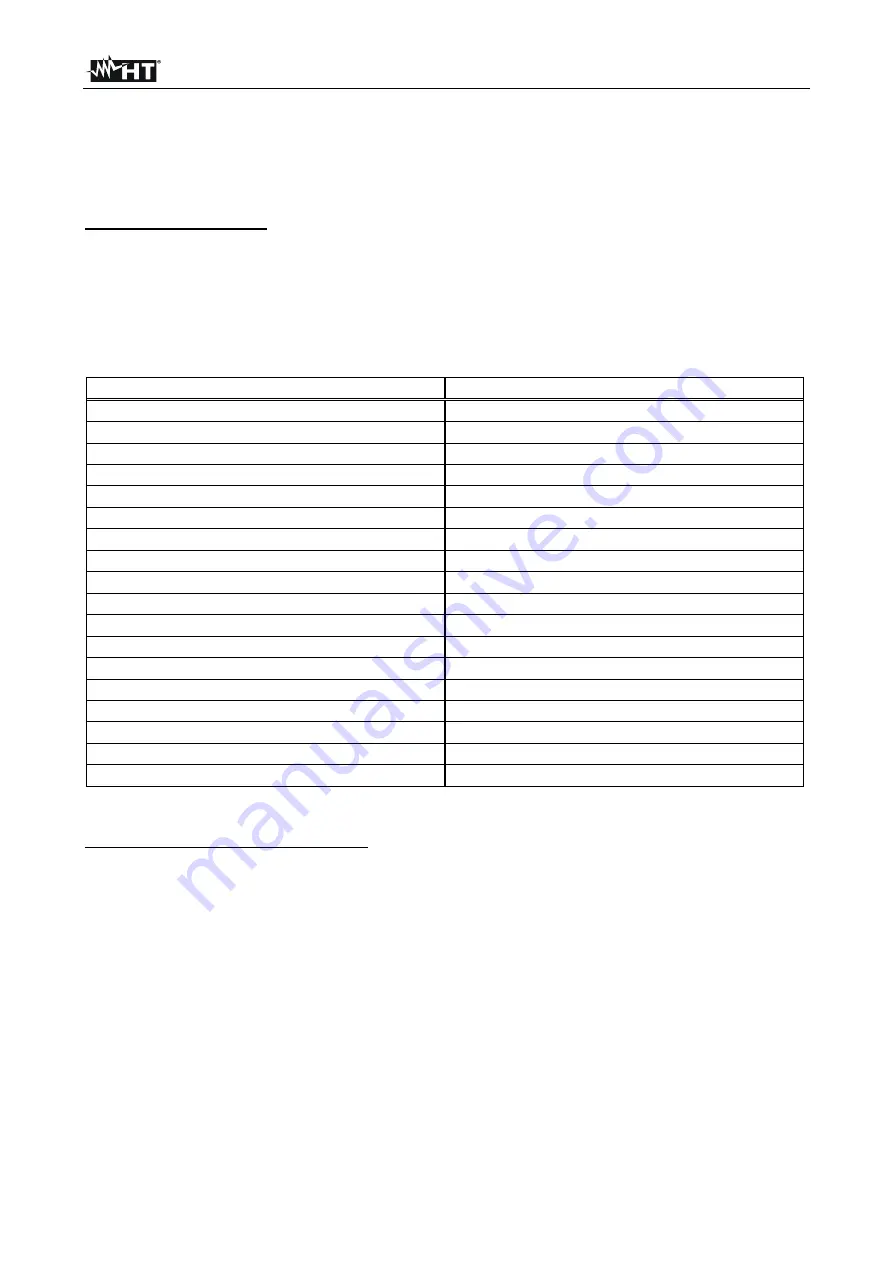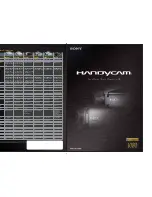
THT45W-THT46
EN - 18
5.2.3 Emissivity
menu
In this section it is possible to set the values of the
Emissivit
y and
Reflected temperature
parameters which are necessary for possible corrections on the temperature measurement
carried out by the instrument.
Parameter Emissivity
In order to carry out accurate temperature measurements, it is important to define the
correct emissivity value (
), which represents the ability of a body to emit infrared radiation,
according to the kind of material the measured object is made of. Table 2 shows the
emissivity values for the most common materials. Emissivity takes values between 0
(mirror or perfectly reflecting surface) and 1 (perfectly radiating blackbody). Most of the
painted or oxydized surfaces have an emissivity value of approximately 0.95.
Material Emissivity
Water 0.96
Stainless steel
0.14
Aluminium foil
0.09
Asphalt 0.96
Cement 0.97
Cast iron
0.81
Rubber 0.95
Wood 0.85
Bricks 0.75
Tape 0.96
Brass foil
0.06
Human skin
0.98
PVC plastic
0.93
Polycarbonate 0.80
Oxydized Copper
0.78
Rust 0.80
Paint 0.90
Earth 0.93
Table 2: Emissivity values of typical materials
Parameter Reflected temperature
Objects with a low emissivity may reflect infrared energy coming from adjacent objects;
this energy is added to the energy of the object itself, thus causing possible measurement
mistakes. In several situations, there are sources of heat with a higher temperature than
the temperature found near the object being measured. In this case, it is necessary to
compensate this reflected energy by entering the presumed temperature value of the
adjacent heat source into the thermal camera. In most of the applications, the reflected
temperature is identical to the environmental temperature and has negligible effects on
temperature measurement on objects with a high emissivity.
















































